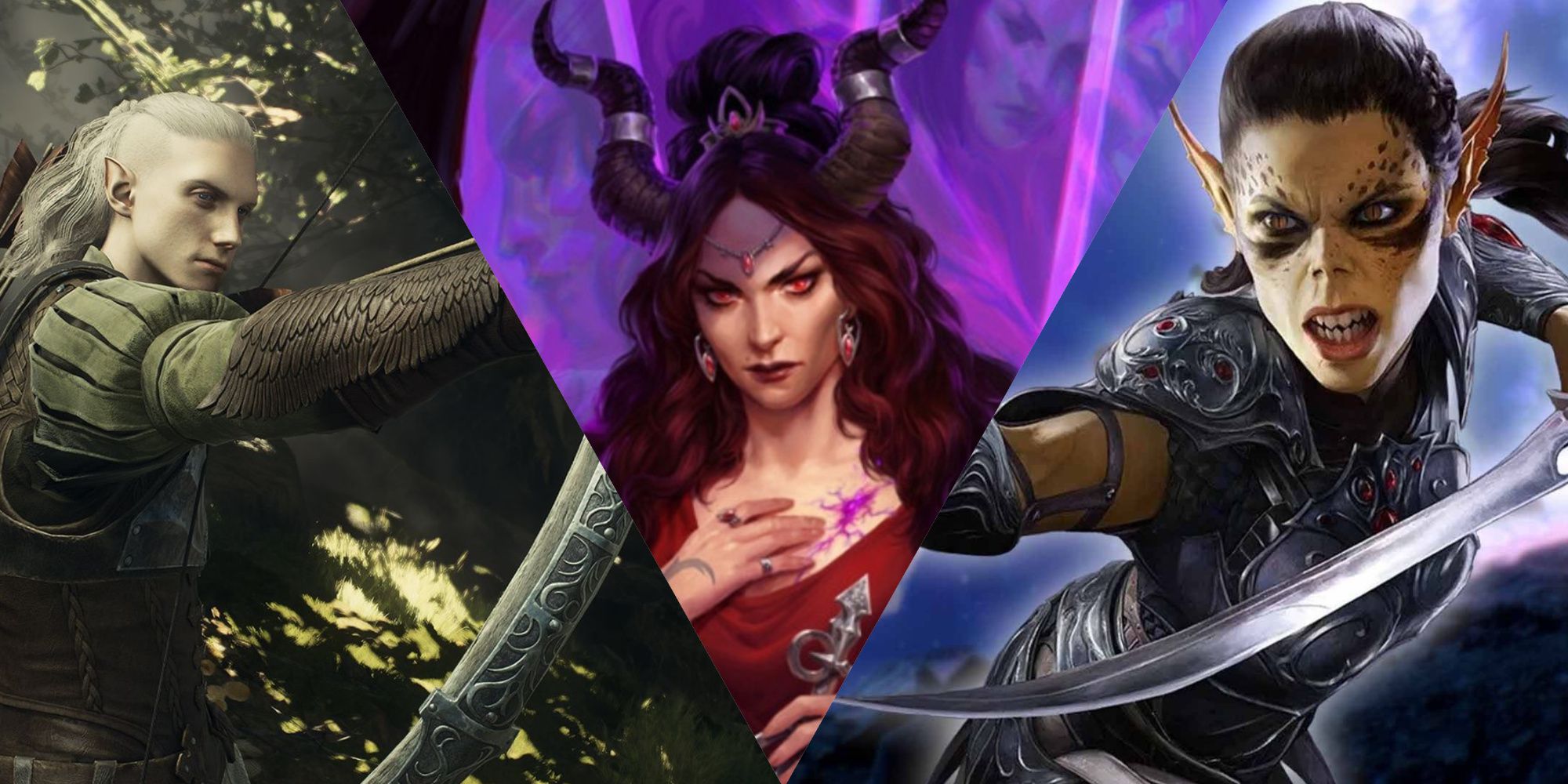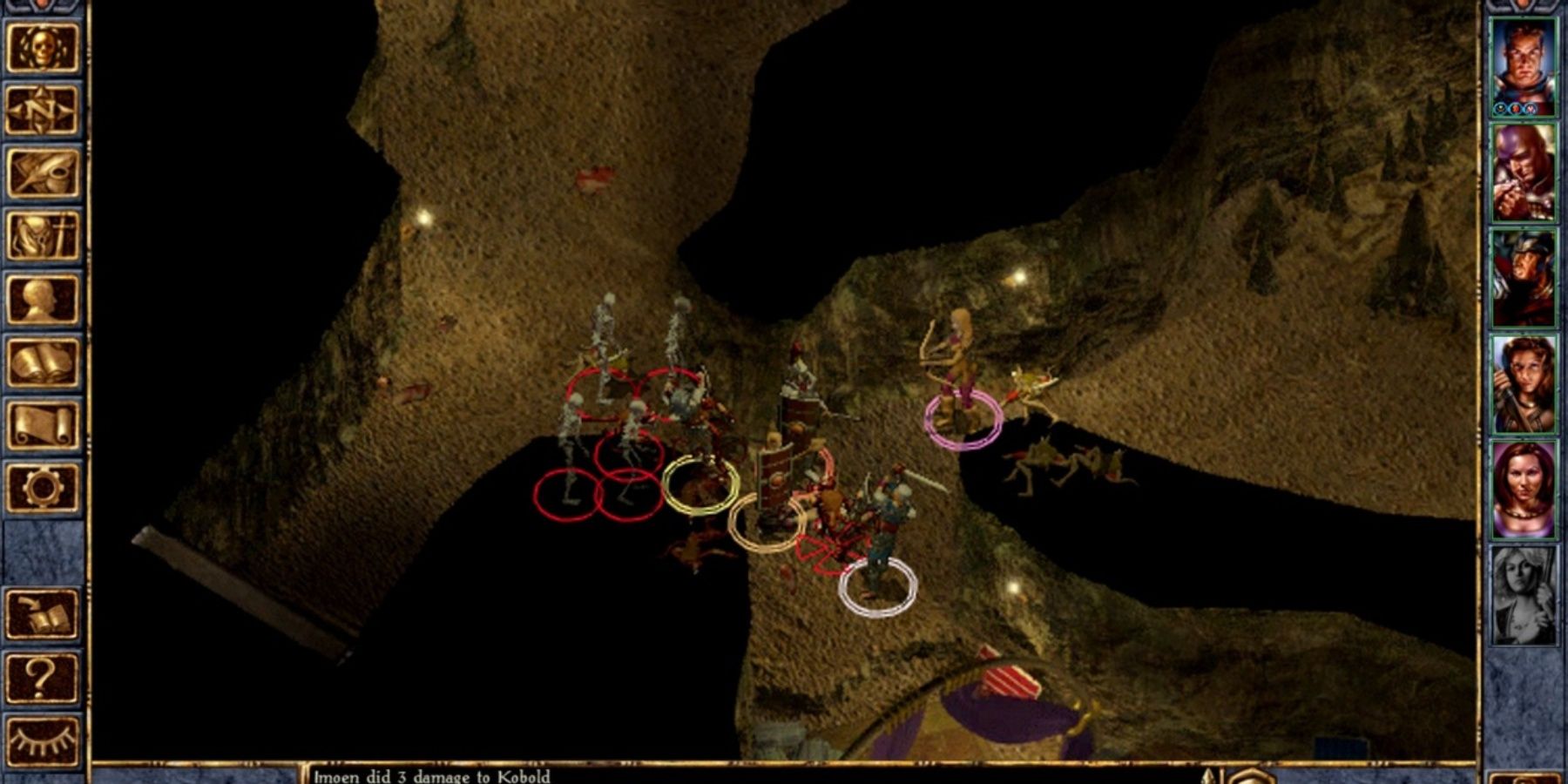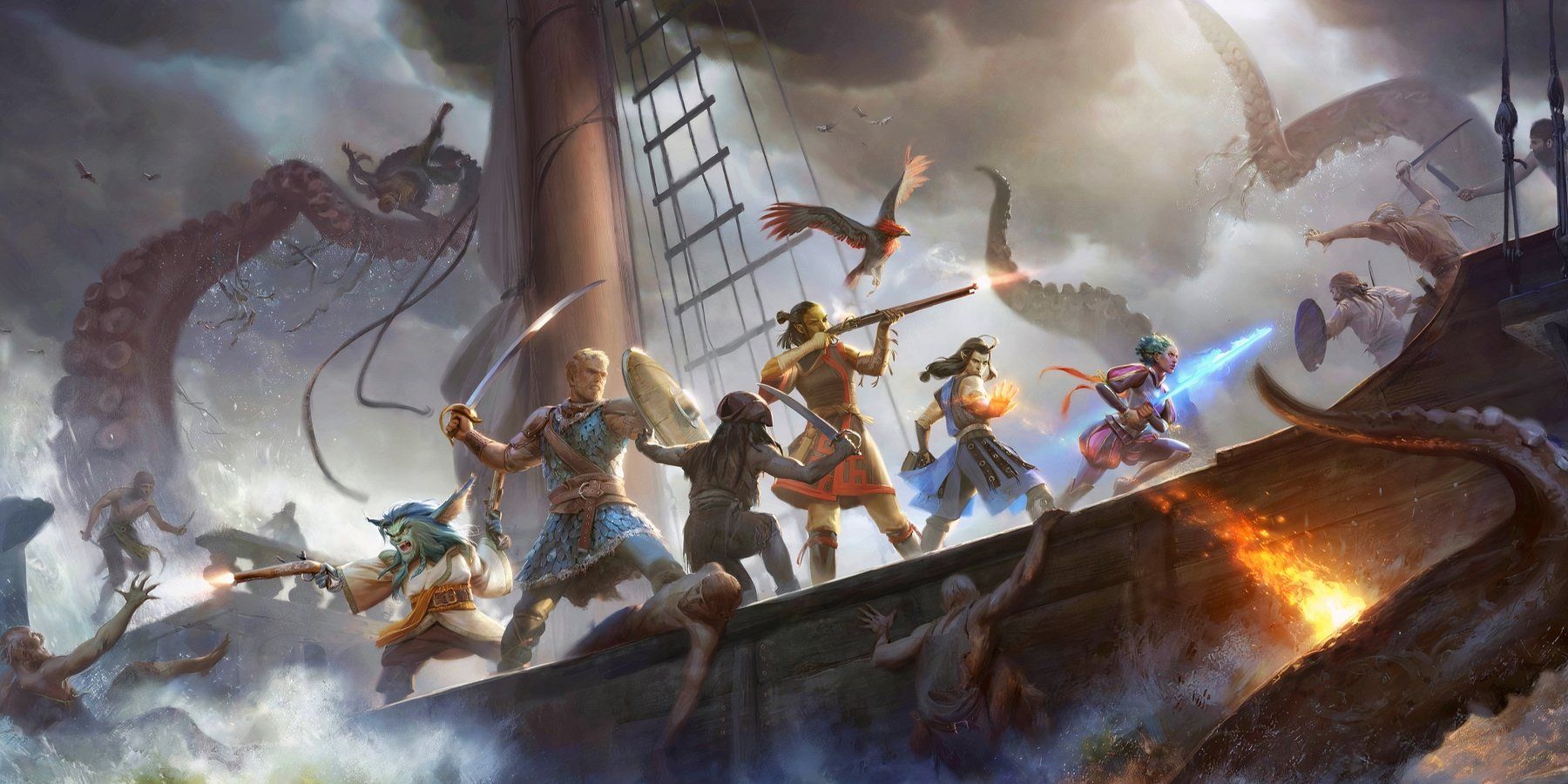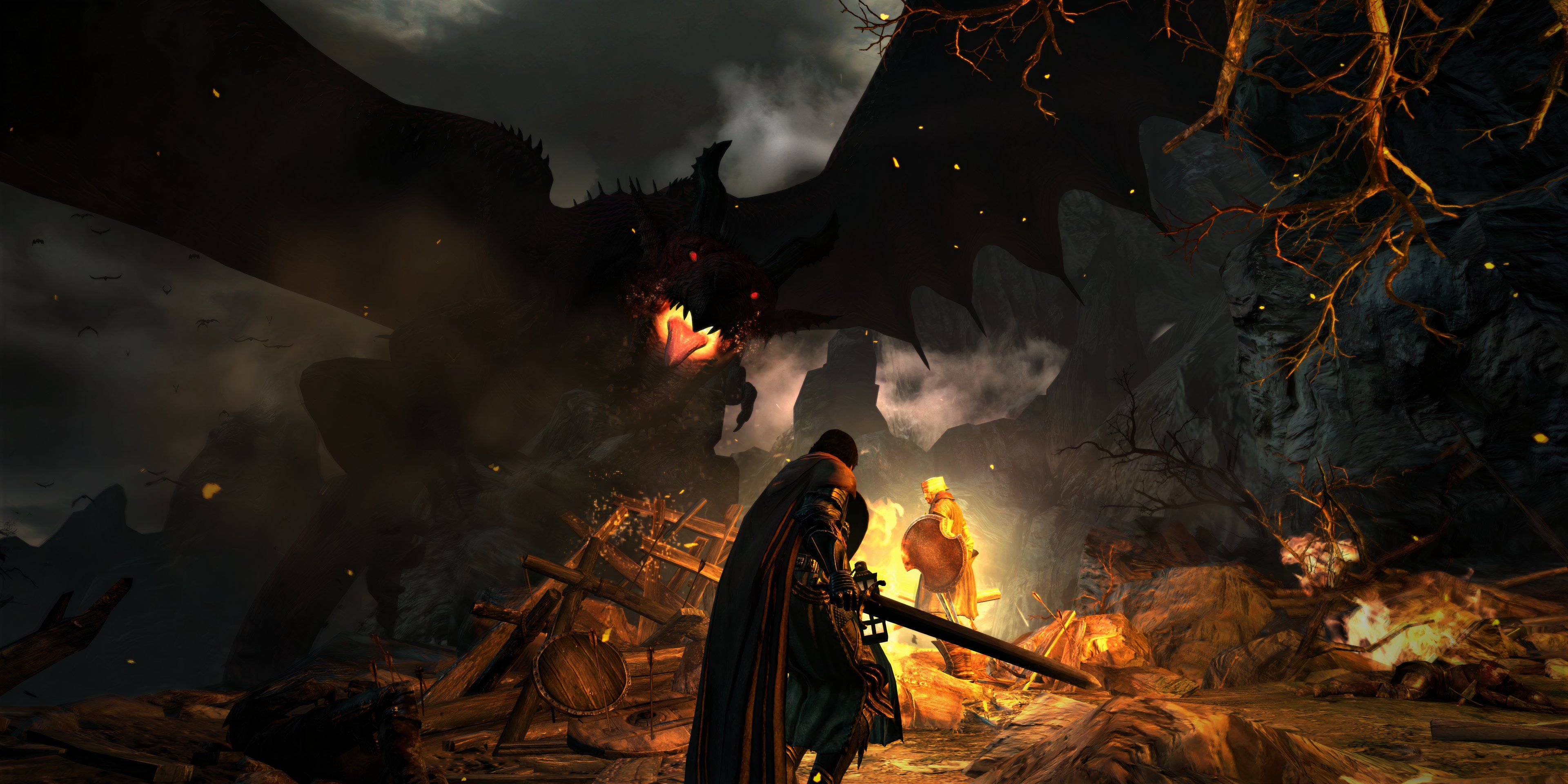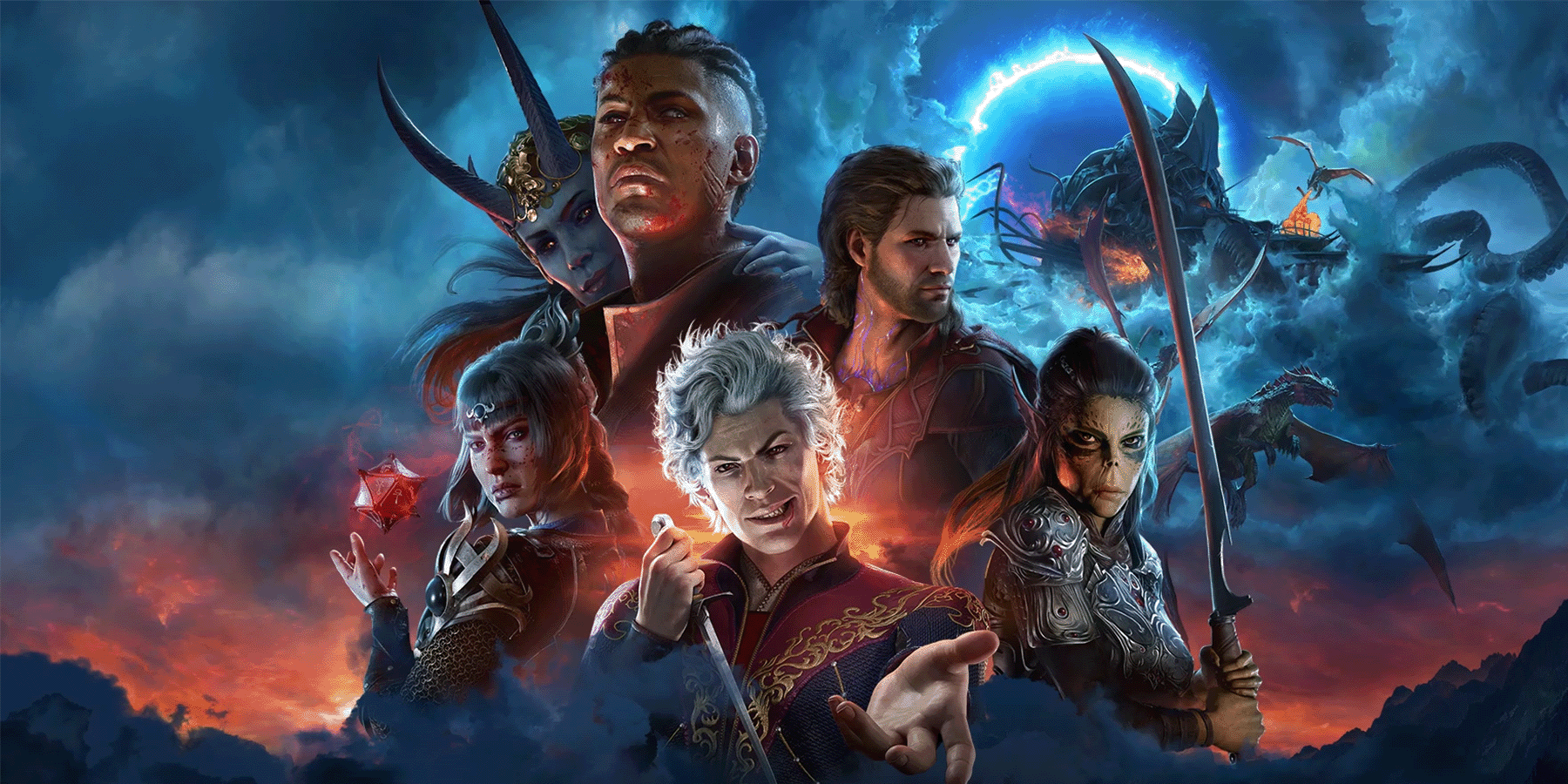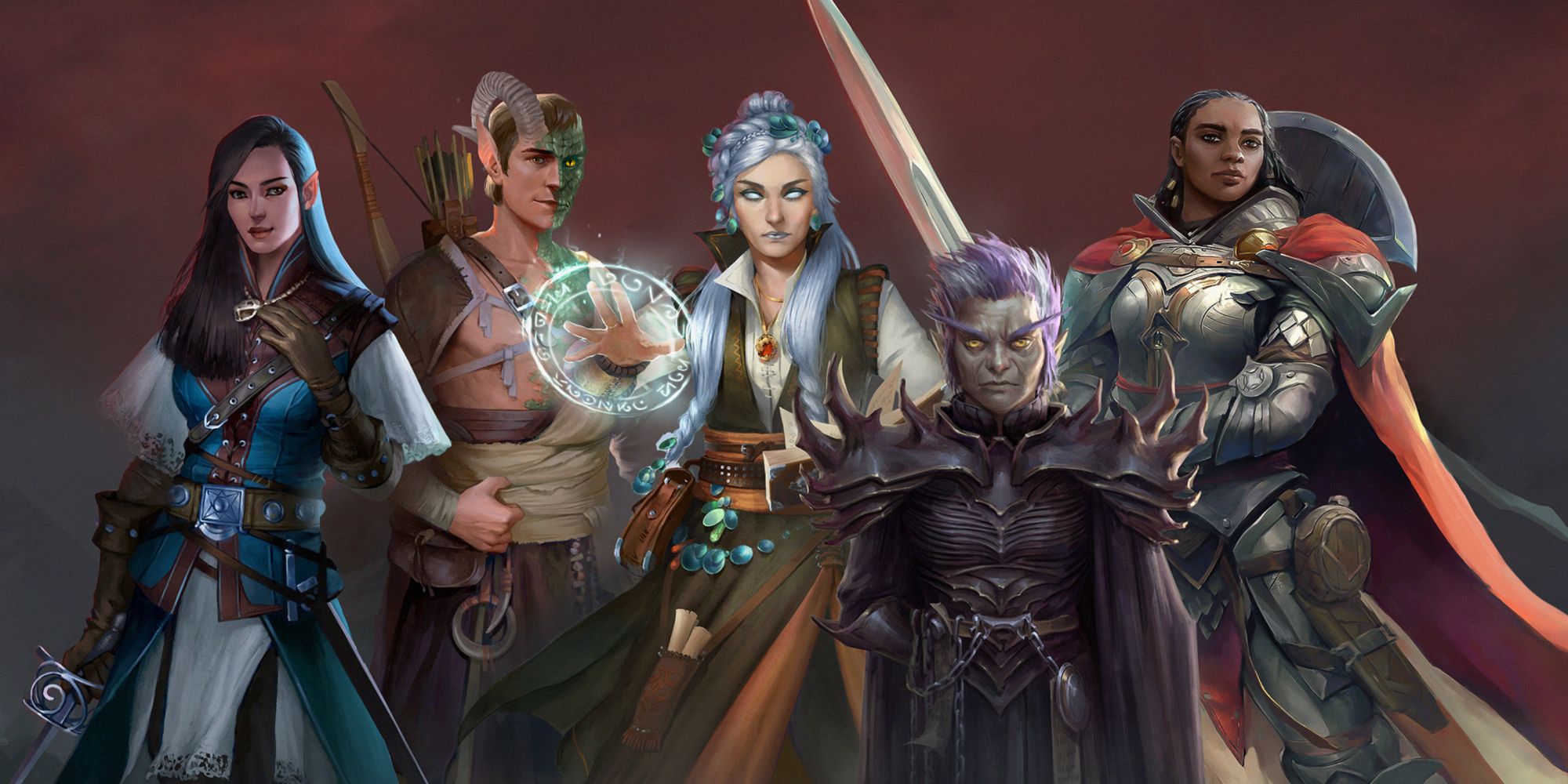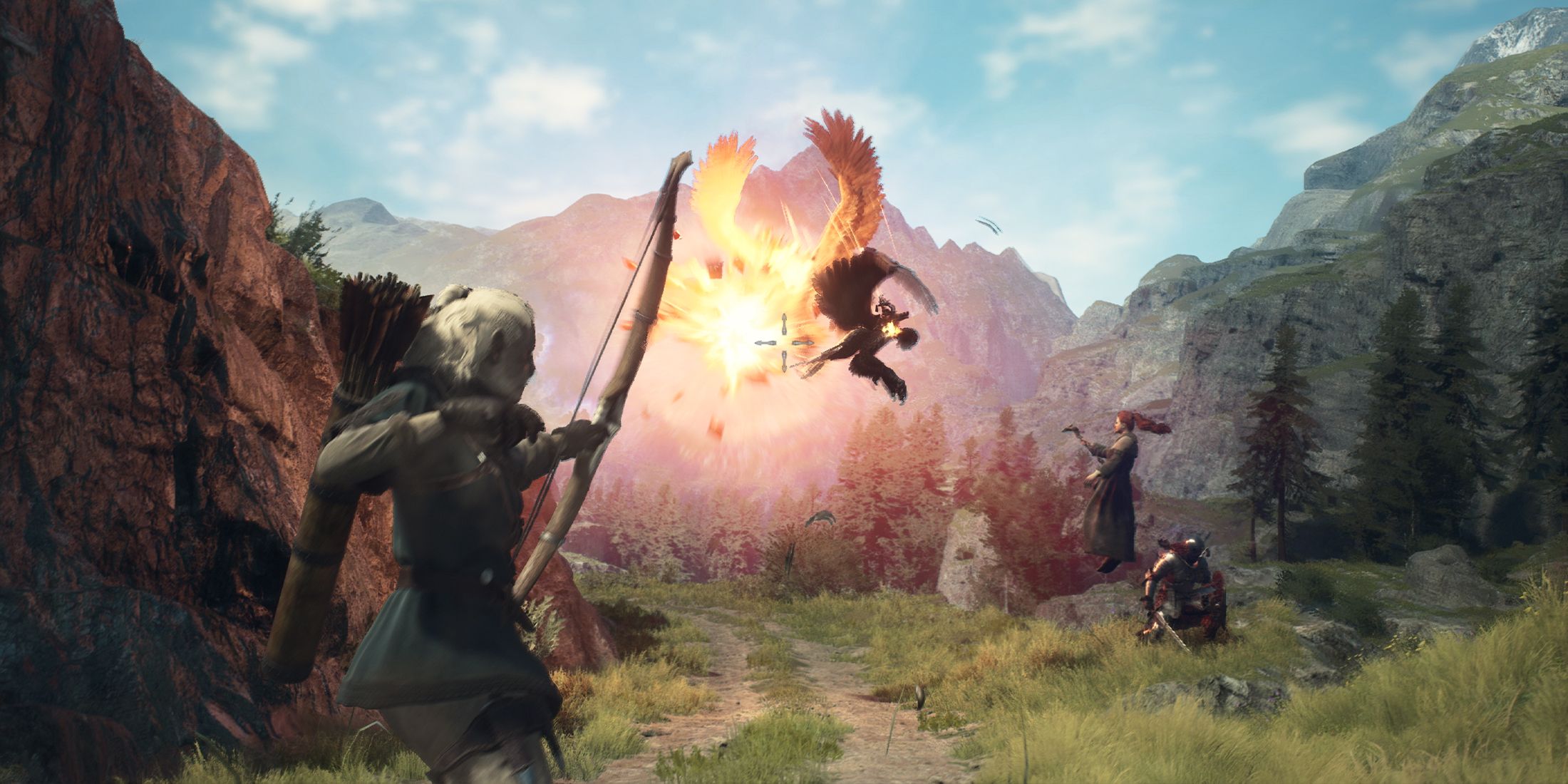Highlights
- RPGs offer narrative choices, class creation, and dual-classing for character customization.
- Baldur's Gate and Pillars of Eternity series feature traditional D&D dual-classing, adding depth and complexity.
- Dragon's Dogma: Dark Arisen and its sequel offer unique hybrid vocations, allowing players to experiment with different playstyles.
Despite being a broad genre, one common aspect of role-playing games is how they give players the chance to make their own choices. Often, these choices exist within the narrative, with many RPGs including mechanics such as social simulation, branching narratives, and morality systems. Additionally, class creation and choice can have a huge impact depending on the game, making the ability to create a personal character incredibly important, whether that involves distributing ability points, choosing classes, or creating a build from scratch.
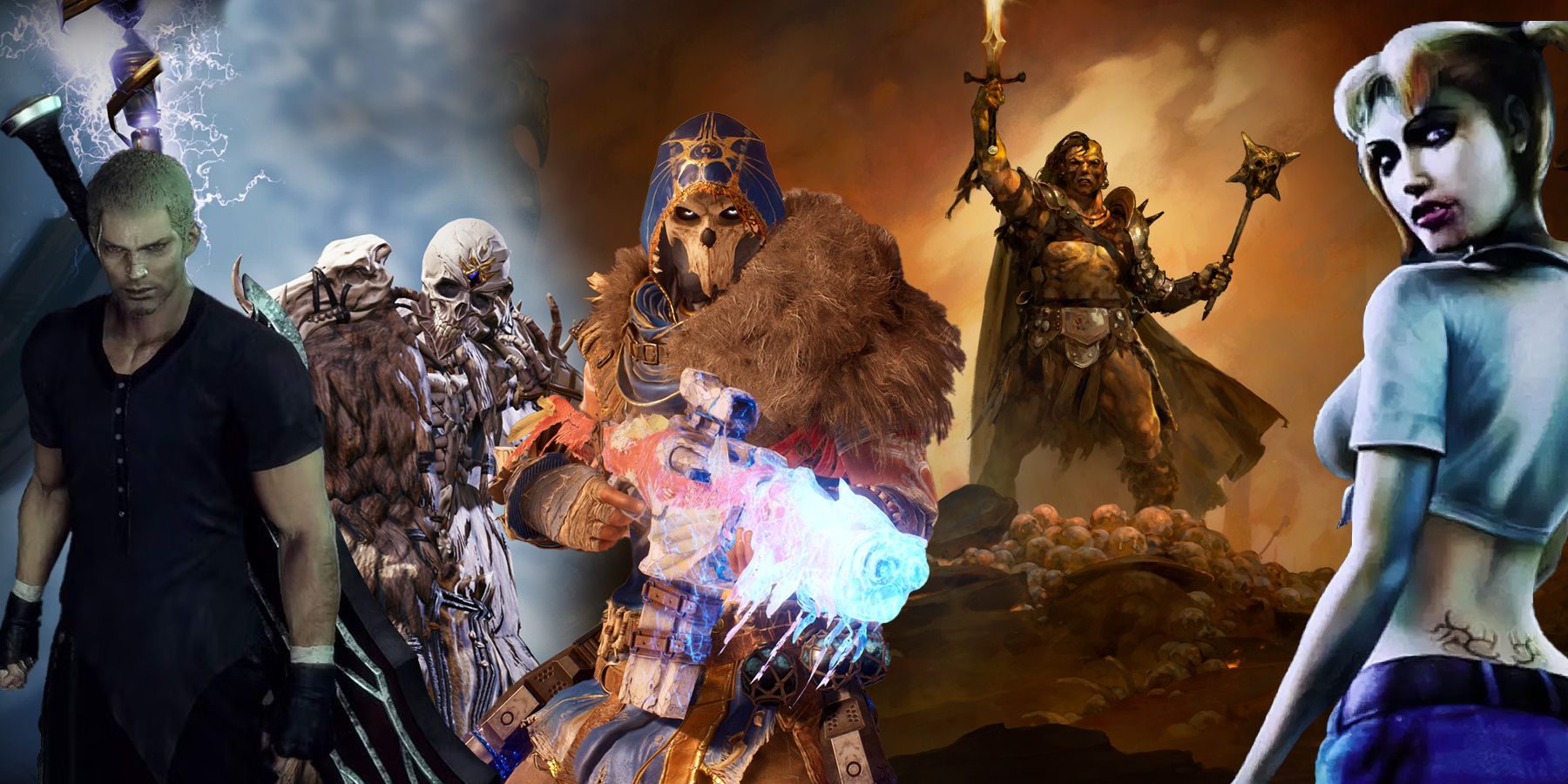
Best RPGs To Play Where Your Class Actually Matters
Choosing a class is one of the first things you do in most RPGs. These titles place more importance on it than others.
Dual-classing is one way players are given freedom in character creation and leveling. Instead of sticking to a single class, characters may be able to take on abilities from other classes, creating interesting builds and finding new ways to play. This can increase the depth an RPG has, giving access to new solutions and tactics during combat, and making the role-playing feel that much more complex.
6 Baldur's Gate (1998)
Traditional D&D Dual Classes
Released in the late 1990s and still influencing many RPGs - especially CRPGs - made to this day, the original Baldur's Gate based its mechanics on Dunegons & Dragons, a ruleset that allowed dual-classing. While not all characters and classes can dual-class, there are many potential combinations to create extremely strong and varied builds.
In this game, dual-classing is a double-edged sword; though it can give characters access to additional abilities and strengths, it also locks them out of reaching certain levels in each class. It is also a complex feature that requires knowledge and understanding of how the game works. Ultimately, however, it can lead to some extremely powerful characters, and is a good option for players who want something complex. Despite being an older game, it has been updated with an enhanced edition that adds new characters, classes, and quality-of-life features.
5 Pillars Of Eternity 2: Deadfire (2018)
A New Feature For The Sequel
Pillars of Eternity 2: Deadfire
- Released
- May 8, 2018
- Developer(s)
- Obsidian Entertainment
- Genre(s)
- RPG
Pillars of Eternity 2: Deadfire is the sequel to Obsidian Entertainment's acclaimed Pillars of Eternity, a CRPG that was inspired by older RPGs such as Baldur's Gate and Icewind Dale. Though the first game allowed for many different builds, featuring eleven classes, dual-classing was a feature new to Deadfire, and adds an extra layer of customization.
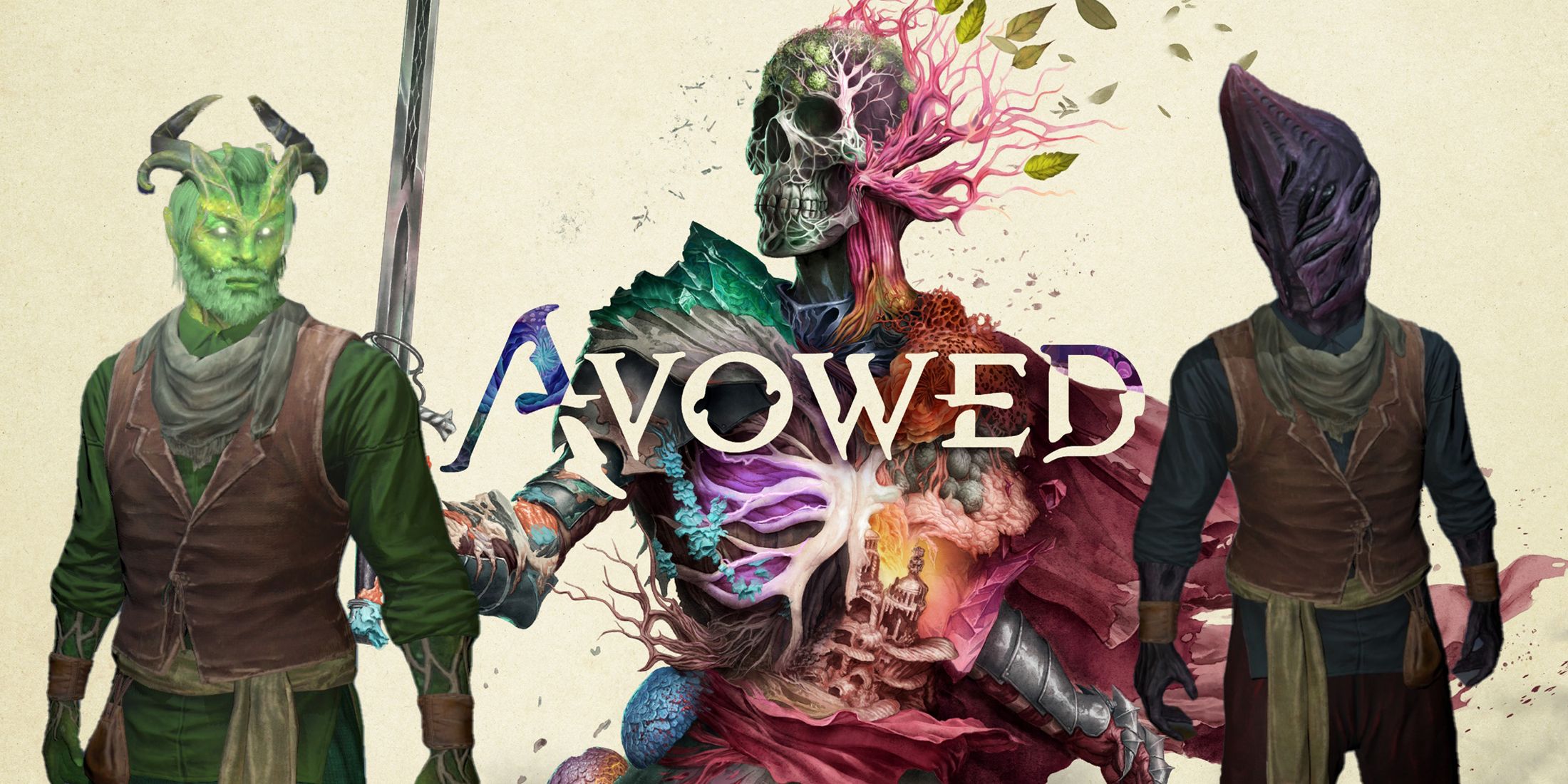
Avowed: Pillars of Eternity's Godlike are Between a Rock and a Hard Place
The Godlike might not be set to be included as a playable race in Avowed, but Obsidian still needs to do them justice as NPCs.
In Deadfire, players may choose to dual-class by taking on the abilities of two different pre-made classes. Though this means dual-classing characters have twice as many choices when it comes to abilities and skills, it also means that both classes level up more slowly, and they won't be able to reach the highest possible level in either. One nice touch in Deadfire's dual-class system is that each potential combination has been given a name. For example, a character who takes on both the Fighter and Wizard class will instead be dubbed a Battlemage. While this doesn't affect gameplay, it's a small detail that adds to the care taken when honing the dual-class system in this game.
4 Dragons Dogma: Dark Arisen (2013)
Handcrafted Classes
Dragon's Dogma: Dark Arisen is an action RPG with a heavy focus on fast-paced combat. Building a strong character is crucial for those who want to survive the game's hostile world, and consists of choosing from several different vocations, each one with its own skills and abilities. Players may change their vocation at any time, and are encouraged to do so in order to find a build that works for them.
The way Dragon's Dogma handles dual-classing is refreshingly unique. Instead of simply choosing two classes and leveling them separately, players may choose a hybrid vocation, each one with its own skills and play style separate from the two classes that make it up. Each hybrid vocation is a mix of two of the basic vocations, giving players the ability to play a Fighter who wields magic, or an Assassin with a versatile roster of weapons. While some may feel that pre-made dual classes give players less control over their builds, the ability to change class and choose new skills on a whim allows for a huge amount of experimentation and freedom when building characters.
3 Baldur's Gate 3 (2023)
A New Era Of D&D Mechanics
Baldur's Gate 3
- Platform(s)
- PC , macOS , PS5 , Xbox Series X
- Released
- August 3, 2023
- Developer(s)
- Larian Studios
- Genre(s)
- RPG
Many years after the success of the original Baldur's Gate games, Baldur's Gate 3 was released to critical acclaim. With its hugely detailed character creator, players were granted plenty of freedom when it came to building their characters and choosing their skills. Whether they wanted to create something unique, easy to manage, or overpowered, there was something for everyone.
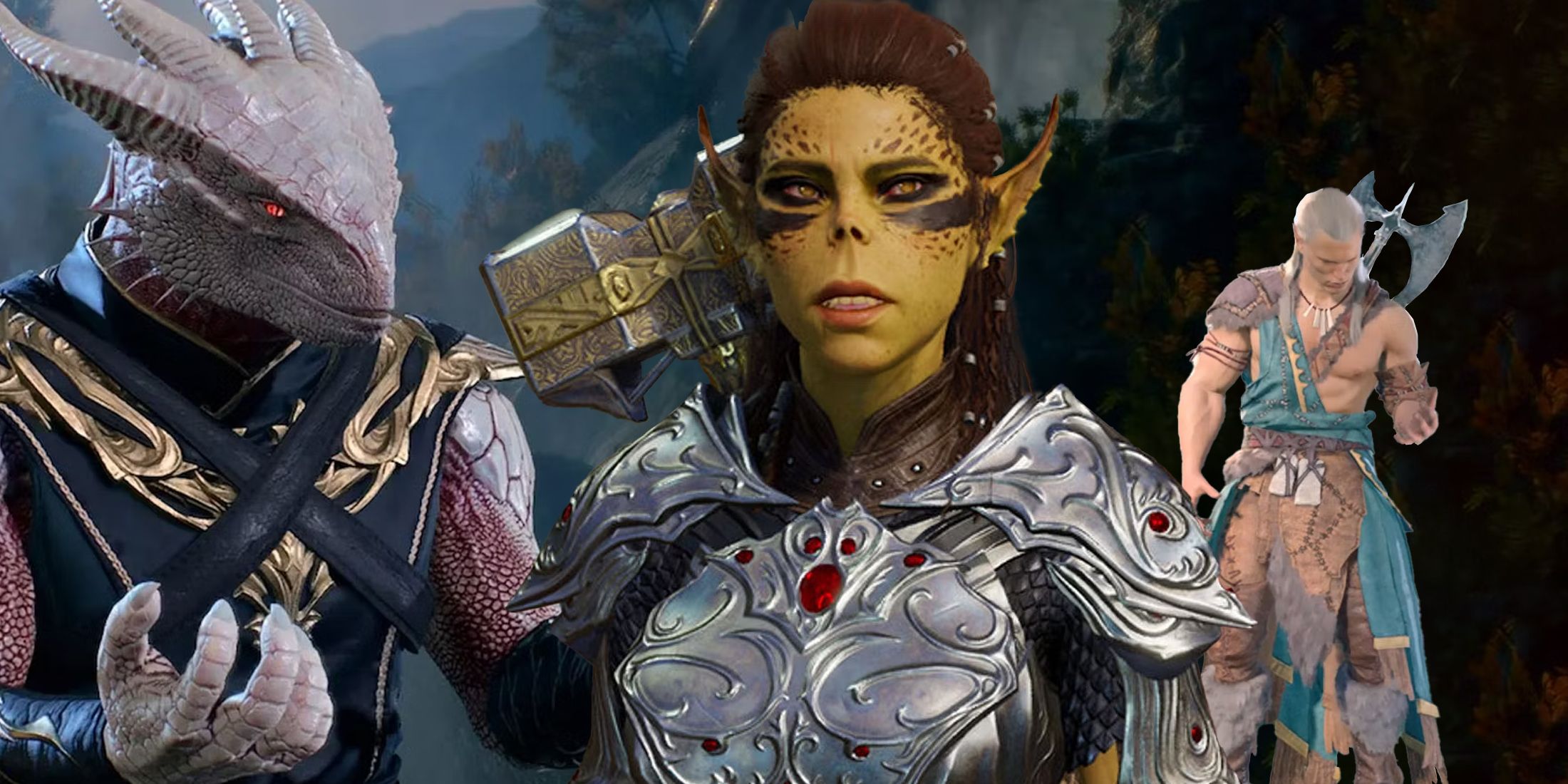
Baldur's Gate 3: 21 Pro Tips For Character Creation
Character creation is an important part of any RPG. Here are some top tips to keep in mind when creating your character in Baldur's Gate 3.
Dual-classing is just as powerful in Baldur's Gate 3 as it was in the original games, and adds just as much complexity. It allows players to take on skills and abilities from an additional class, though it prevents them from fully hitting the maximum level in either class. It adds extra variety for players who want to optimize their builds for a difficult run, or for people looking to try something new.
2 Pathfinder: Wrath Of The Righteous (2021)
An Array Of Choice
As the name might suggest, Pathfinder: Wrath of the Righteous is based on the tabletop RPG of the same name. It's a complex CRPG that takes heavy inspiration from other games in the same genre, combining tactical gameplay with puzzle solving and narrative choice. Due to the game's tactical combat, building characters is an integral part of the experience, with there being over twenty classes to choose from, and near-endless customization for each one.
Though Pathfinder: Wrath of the Righteous' dual-classing may look complex at first, especially for those unfamiliar with the Pathfinder rule set, it can create some extremely unique and overpowered builds, with a multitude of potential combinations. There are plenty of class options suitable for a beginner, but those who are ready for a challenge are sure to enjoy the depth Wrath of the Righteous brings to the table.
1 Dragons Dogma 2 (2024)
Small Improvements Make A Huge Difference
Dragon's Dogma 2
- Platform(s)
- PC , PS5 , Xbox Series X , Xbox Series S
- Released
- March 22, 2024
- Developer(s)
- Capcom
- Genre(s)
- Action RPG
Dragon's Dogma 2 is the hotly-anticipated sequel to the original Dragon's Dogma, with longtime fans of the franchise waiting over a decade for its release. Just as in the first game, there were interesting pre-made classes (known as vocations) available for players to take abilities from, with an emphasis on experimentation and character building. While some vocations are stronger than others, making powerful and fun characters is an easy and rewarding process.
While the sequel doesn't hugely innovate on the original game's class system, it does expand it slightly. Now with four potential basic vocations instead of three, there are more hybrid options to choose from, expanding the potential builds players can make. Hybrid vocations have also been reworked and feel fresh, becoming the perfect option for those players who have been craving more Dragon's Dogma after the first game.
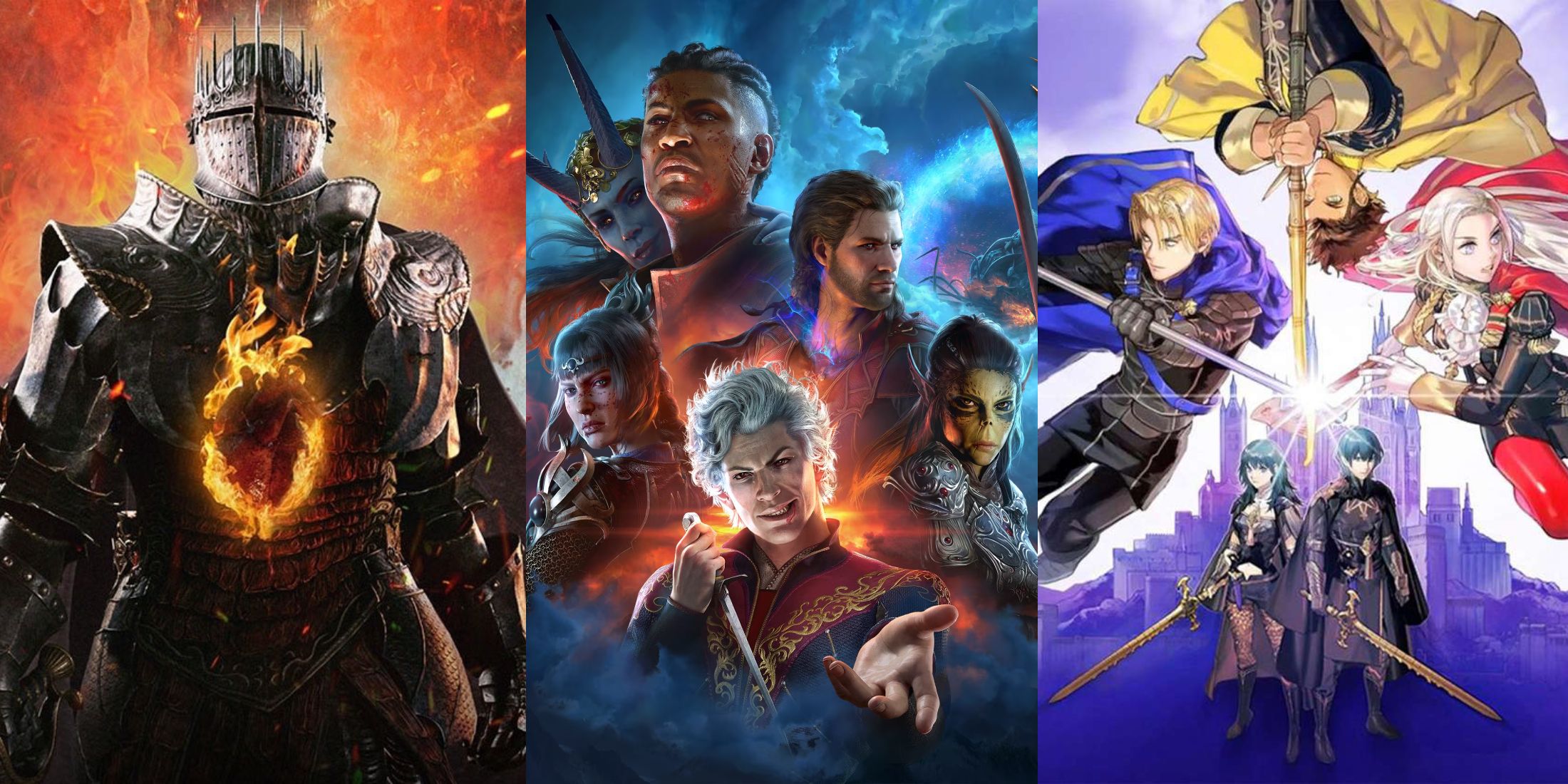
6 RPGs That Don't Lock You To Your Starting Class
It's always great when an RPG doesn't force players to remain with their starting class, allowing for immense creativity as the game progresses.

